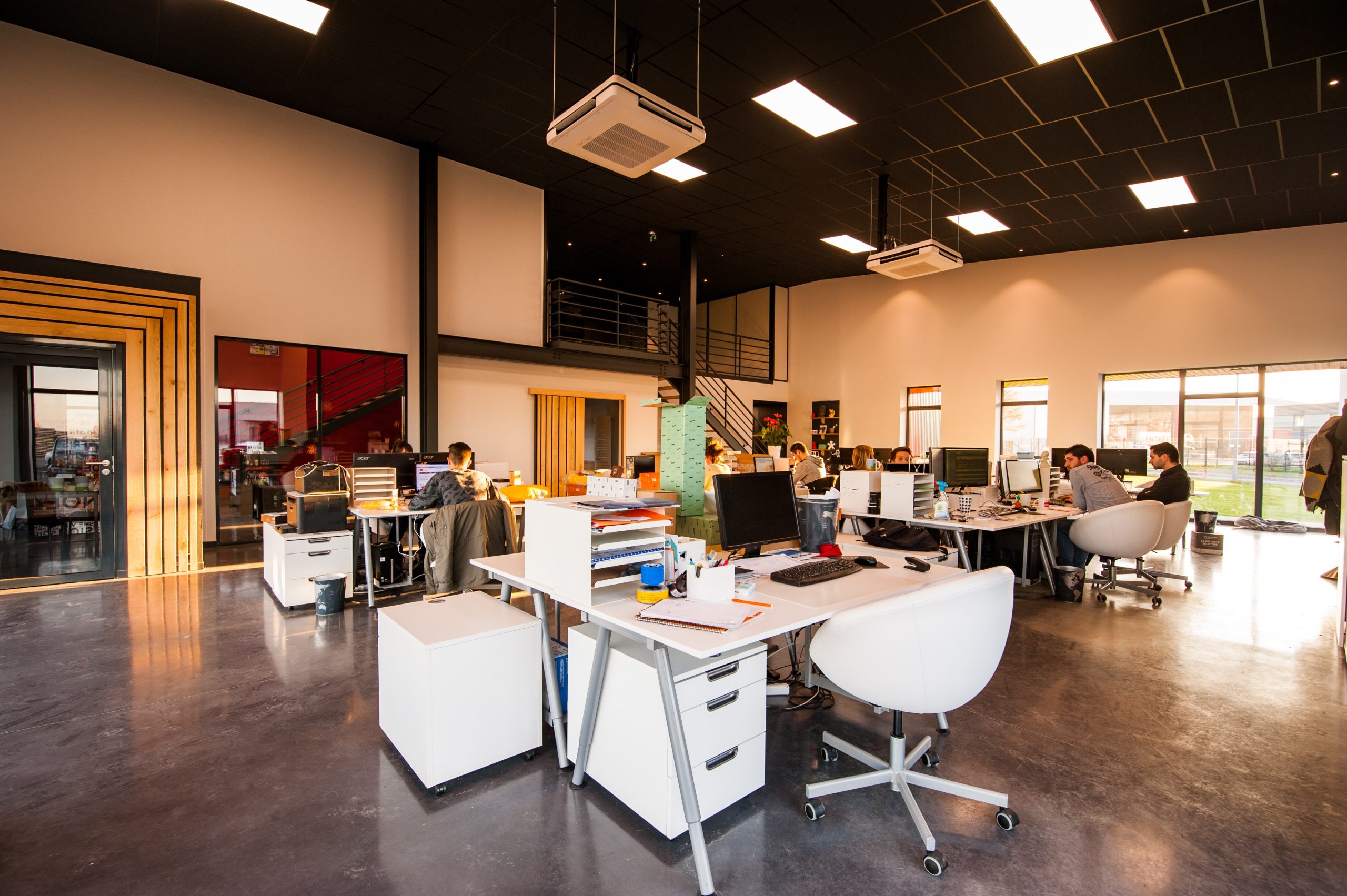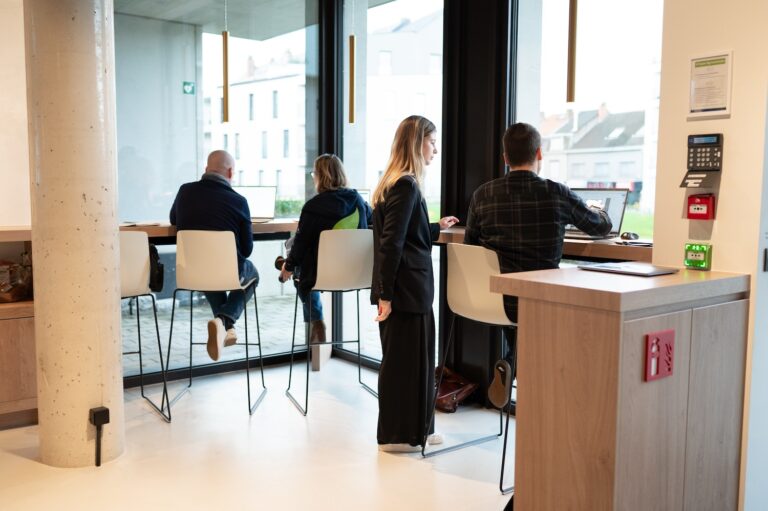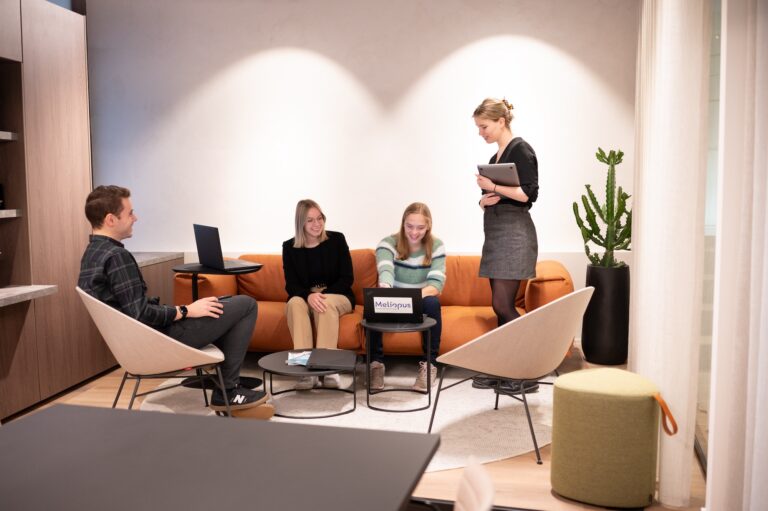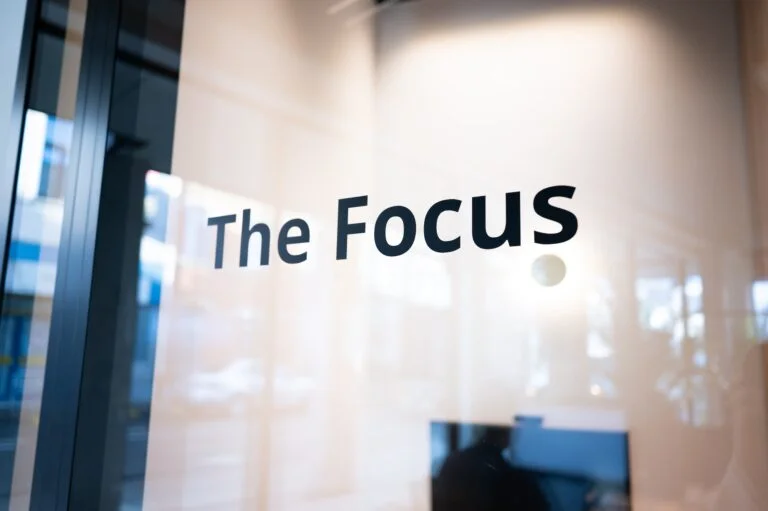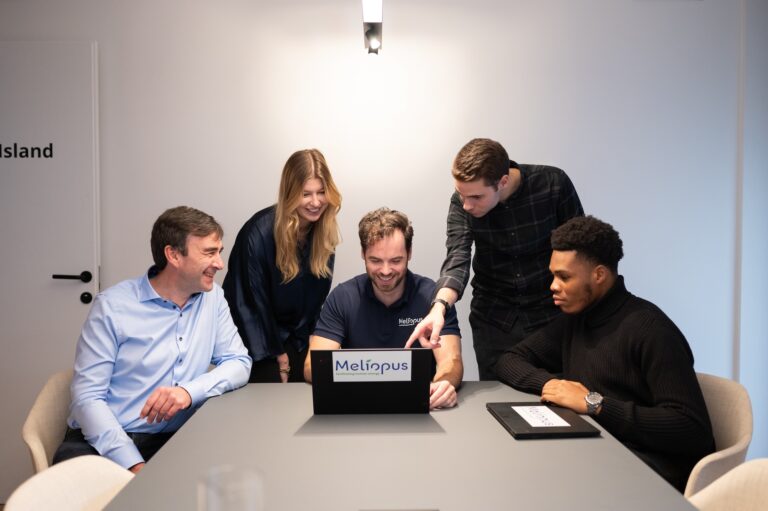Wat motivates your employees to come to the office?
First and foremost, your company buildings are a place for meeting and collaboration. But there’s more to it. Some people seek silence and focus, while others perform better in a social work environment. Additionally, several societal trends are increasingly important. Office layout and facility management are therefore more nuanced than ever. We highlight some trends and offer a touch of inspiration.
Working from home as a (poisoned) gift
No commuting, a better work-life balance… Many people experienced the benefits of remote work during the lockdown. However, remote work also has a significant downside. Not everyone can create the right work atmosphere at home or benefits from a flexible work structure. Freedom of choice doesn’t necessarily reduce stress; it can also lead to anxiety and burnouts. There are no best practices for the ideal structure. Optimal (re)designing of your work environment is highly personal and should be done in collaboration with your employees.
Comfort at work
The trend of coziness at work, borrowed from Scandinavia with concepts like fika, hygge, and lagom, underscores an increasing importance of warmth, togetherness, and harmony in our daily lives. This trend extends equally to our work environment. From cozy coffee breaks with colleagues to quiet workspaces, creating a cozy atmosphere at work is widely applicable and goes beyond just the aesthetics of your office. People need to feel a connection with their work environment. Monotonous open-plan offices are definitely becoming a thing of the past. In an era where up to five different generations share the workplace, diversity is the new keyword. Offices with multiple atmospheres and zones where employees can choose their preferred workspace will become the norm.
Personalization and the War for Talent
In the war for talent, providing peace of mind has become a significant asset. Consider a customized vending service where your employees can pick up meals for their families. Personalization is crucial. For example, a pregnant employee may need specialized information and adjusted office equipment. Or someone planning to buy a house likely has many questions about mortgages. Regularly check in with your employees to understand their needs and connect them with the right resources. This fosters engagement and demonstrates that you have their best interests at heart.
A new working environment for your company?
The key question is: to what extent should you adapt your working environment? It’s not productive to blindly follow facility trends or best practices. Initially, you need to analyze your current business situation and understand the needs of your employees. This can be done through workshops, surveys, and interviews, for example. Your company’s identity also plays a crucial role. Your office layout is the only physical connection with your business for clients and colleagues alike. Last but not least, change is a mental journey. Coach your people through the transition so they can develop optimally.

